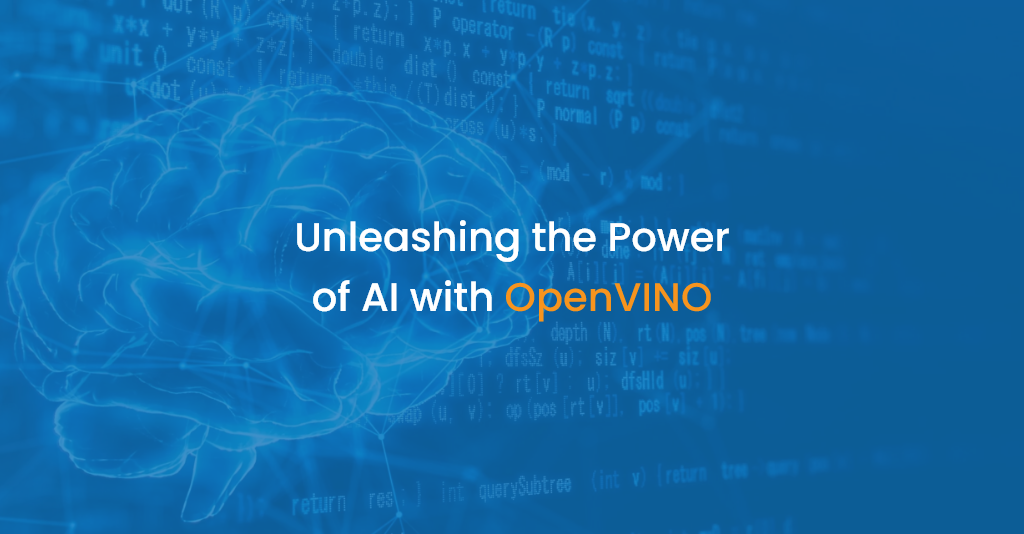Introduction
In today’s rapidly evolving technological landscape, artificial intelligence (AI) is transforming industries and reshaping the way we interact with technology. AI-powered applications are transforming healthcare, automotive, retail, and many other sectors. From healthcare to retail and autonomous vehicles, AI is making its mark in countless domains. However, to harness the true potential of AI, developers need tools that are both powerful and versatile. This is where OpenVINO, short for Open Visual Inference and Neural Network Optimization, shines. OpenVINO, short for Open Visual Inference and Neural network Optimization, an open-source toolkit developed by Intel is a game-changing toolkit that empowers developers to deploy AI models across various hardware platforms efficiently. In this comprehensive guide, we will delve into the world of OpenVINO, exploring its features, benefits, and real-world applications.
iStudio technologies in Chennai is one of the top ecommerce development companies that offer the best ecommerce development services.
Understanding OpenVINO
What is OpenVINO?
OpenVINO is an innovative open-source toolkit designed to streamline the deployment of deep learning models on diverse hardware platforms, including CPUs, GPUs, FPGAs (Field-Programmable Gate Arrays), and VPUs (Vision Processing Units). Developed by Intel, it acts as a bridge between AI models created with popular deep learning frameworks like TensorFlow, PyTorch, and ONNX and the hardware where these models are executed.
A Toolkit for Optimization
At its core, OpenVINO excels in optimizing AI workloads, ensuring they run efficiently across different hardware architectures. It accomplishes this through several key components and features.
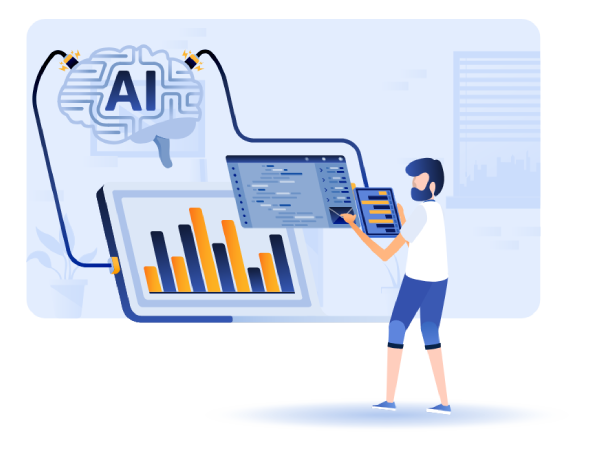
Key Components of OpenVINO
To fully grasp the capabilities of OpenVINO, let’s explore its essential components:
- Model Optimizer - Converts popular deep learning frameworks (such as TensorFlow, PyTorch, and ONNX) into an intermediate representation (IR) format that is optimized for inference.
- Inference Engine - Provides a runtime environment for executing the optimized models on different hardware platforms, ensuring high performance and low latency.
- Pre-trained Models - OpenVINO offers a repository of pre-trained models for various computer vision tasks, enabling developers to kickstart their projects.
- Model Zoo - A collection of pre-trained models and deployment-ready resources for a wide range of AI applications.
Why Should You Use the Toolkit?
Cross-Platform Compatibility
One of the standout advantages of OpenVINO is its ability to deploy AI models seamlessly across a wide range of hardware platforms. Whether you’re targeting traditional CPUs or more specialized accelerators like GPUs, FPGAs, or VPUs, OpenVINO ensures that your AI models are optimized to leverage the full potential of the underlying hardware.
High Performance
OpenVINO is optimized for speed and high performance, making it ideal for applications that require real-time inference. By harnessing the unique capabilities of each hardware platform, OpenVINO delivers impressive throughput while maintaining low latency. This is crucial for applications such as autonomous vehicles and video analytics, where rapid decision-making is essential.
Flexibility
Developers appreciate the flexibility of OpenVINO, which supports a wide range of deep learning frameworks. This means you can work with the tools and libraries you are most comfortable with, reducing the learning curve for those already proficient in TensorFlow, PyTorch, or other popular frameworks.
Efficient Model Conversion
OpenVINO simplifies the process of converting models from various deep learning frameworks into a common intermediate representation (IR) format. This conversion ensures that models are optimized for inference, leading to faster execution and reduced resource consumption. It also enables easy integration of pre-trained models into your applications.
How OpenVINO Works?
Model Optimization
The heart of OpenVINO’s functionality lies in its ability to optimize AI models. This process begins with the Model Optimizer, a component that converts models from deep learning frameworks into the intermediate representation (IR) format. The IR format is hardware-agnostic and allows for efficient inference on diverse platforms.
Inference Engine
The Inference Engine is responsible for executing the optimized models on various hardware platforms. It ensures high performance and low latency by leveraging the specific hardware acceleration features of each target device. This dynamic adaptability is a key strength of OpenVINO, allowing AI applications to run efficiently on everything from edge devices to data center servers.
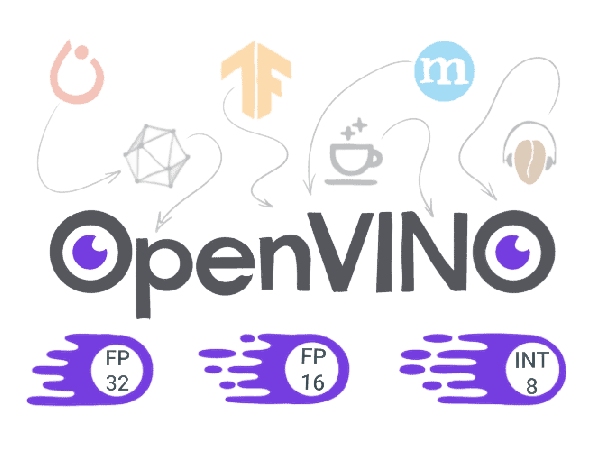
Flagship Features of the Toolkit
Model Zoo
OpenVINO offers a Model Zoo, a repository of pre-trained models and deployment-ready resources for a wide range of AI applications. These pre-trained models cover tasks such as image classification, object detection, facial recognition, and more. Leveraging the Model Zoo significantly accelerates the development process, as you can use these models as a starting point and fine-tune them for your specific use case.
Custom Layer Support
OpenVINO’s flexibility extends to custom layers in deep learning models. If your application requires specialized layers that aren’t available in the standard toolkit, OpenVINO allows you to integrate custom layers seamlessly. This feature is particularly valuable for developers working on cutting-edge AI solutions.
Heterogeneous Execution
OpenVINO excels in heterogeneous execution, enabling you to distribute AI workloads across multiple hardware devices. This approach enhances performance by offloading specific tasks to hardware that can process them most efficiently. For example, you can use a GPU for complex computations while delegating simpler tasks to a CPU, creating a balanced and efficient AI system.
Integration with Other Intel Tools
OpenVINO integrates seamlessly with other Intel tools and libraries, creating a cohesive ecosystem for AI development. This includes compatibility with Intel Math Kernel Library (MKL) for optimized linear algebra operations, OpenCL for GPU acceleration, and more. This integration enhances OpenVINO’s capabilities and extends its reach.
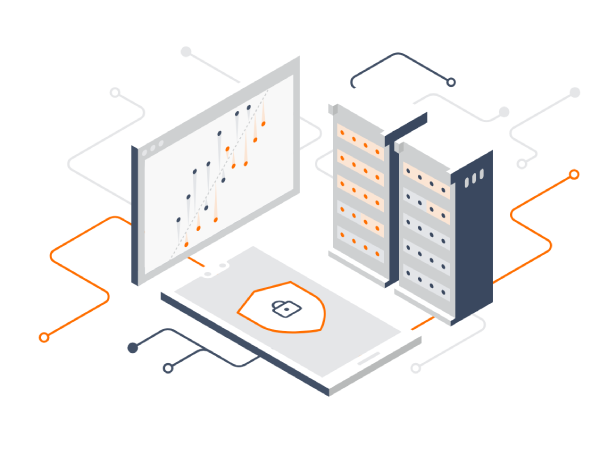
Real-World Applications of OpenVINO
Healthcare
The healthcare industry has witnessed a significant transformation with the integration of AI technologies, and OpenVINO has played a pivotal role in this revolution. Medical professionals now employ AI models for tasks such as diagnosing diseases from medical images (e.g., X-rays and MRIs), analyzing patient data to identify trends, and even monitoring patient vital signs in real time. OpenVINO’s real-time capabilities are especially valuable in critical healthcare scenarios.
Autonomous Vehicles
The development of autonomous vehicles relies heavily on AI for perception and decision-making. OpenVINO is a key enabler in this domain, allowing vehicles to identify objects, pedestrians, road signs, and other vehicles while making split-second decisions to ensure passenger safety. The toolkit’s ability to optimize and run models on edge devices is crucial for real-time processing, a fundamental requirement for autonomous driving.
Retail
In the retail sector, OpenVINO is driving innovation by enhancing customer experiences and optimizing operations. Businesses are deploying AI-powered solutions such as cashierless stores, personalized shopping recommendations, and inventory management systems that can accurately predict demand. These applications not only improve customer satisfaction but also lead to more efficient retail operations.
Industrial Automation
Manufacturers are leveraging OpenVINO to enhance industrial automation. AI models are employed to detect defects in products, monitor the health of manufacturing equipment, and optimize production processes for maximum efficiency. By harnessing OpenVINO’s ability to deploy models on edge devices, manufacturers can achieve real-time insights and automation at scale.
Edge AI
Edge AI, where AI processing occurs directly on the device (e.g., IoT devices, cameras, and edge servers), is a growing field. OpenVINO’s optimization for edge deployments ensures that AI applications run efficiently, even with limited computational resources. This is particularly valuable for applications like security cameras, which require real-time object detection and classification without relying on cloud processing.
Getting Started with OpenVINO
Installation and Setup
To start using OpenVINO, you’ll need to install the toolkit on your development machine. We’ll walk you through the installation process and help you set up the necessary dependencies.
Model Conversion
Learn how to use the Model Optimizer to convert pre-trained models from deep learning frameworks like TensorFlow and PyTorch into OpenVINO’s optimized format. This step is crucial for efficient inference.
Inference
Discover how to deploy and run your models using the Inference Engine. We’ll cover the basics of running inference on different hardware platforms and optimizing performance for your specific use case.
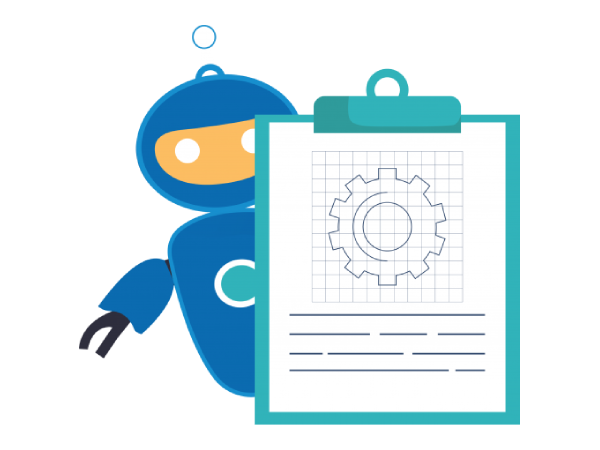
Advanced Topics in OpenVINO
As you delve deeper into OpenVINO, you’ll encounter advanced topics that expand your capabilities and allow you to tackle complex AI projects. In this section, we’ll explore three key advanced topics in OpenVINO:
Custom Model Deployment
While OpenVINO provides a rich repository of pre-trained models for various tasks, there will be instances when your project demands the deployment of custom models tailored to your specific needs. OpenVINO makes this process accessible and efficient, enabling you to unleash the full potential of your custom AI models. Here’s an overview of the steps involved in custom model deployment:
- Model training
- Model optimization
- Integration with OpenVINO
- Performance Tuning
- Deployment on Edge Devices
- Monitoring and Maintenance
Custom model deployment with OpenVINO empowers you to address specific business or project requirements with tailored AI solutions, all while leveraging the toolkit’s optimization capabilities.
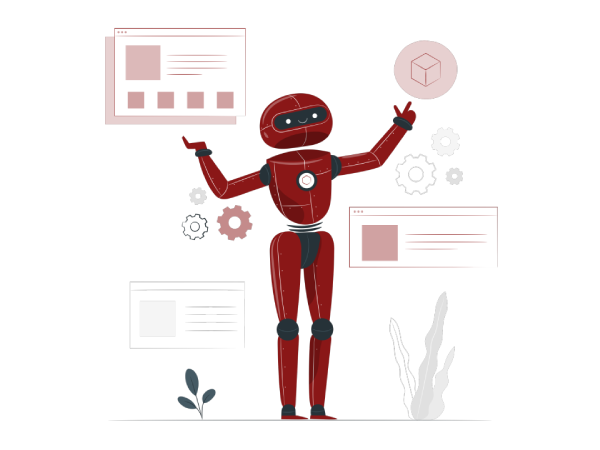
Multi-Device Inference
In scenarios where real-time performance is crucial or when dealing with extensive workloads, distributing inference workloads across multiple devices can significantly improve efficiency. OpenVINO offers techniques for multi-device inference and load balancing, ensuring that your AI applications run smoothly across diverse hardware resources. Here’s a glimpse into multi-device inference strategies:
- Device Selection
- Model Partitioning
- Load Balancing
- Inter-Device Communication
- Latency and Throughput Optimization
- Scalability
Multi-device inference with OpenVINO enables you to harness the full power of your hardware infrastructure, making it suitable for demanding applications such as real-time video analysis, autonomous vehicles, and large-scale data processing.
Real-Time Video Analytics
Real-time video analytics is a fundamental requirement in many AI applications, ranging from security and surveillance to robotics and smart cities. OpenVINO empowers you to perform video processing, object detection, and tracking in real time, opening doors to innovative solutions. Here’s a closer look at how OpenVINO facilitates real-time video analytics:
- Video Input Handling
- Object Detection
- Tracking
- Real-Time Alerts
- Visualization
- Hardware Acceleration
Real-time video analytics with OpenVINO empowers applications like smart security systems, traffic monitoring, retail analytics, and more. It enables AI-driven decision-making in dynamic environments where timely responses are critical.
OpenVINO Community and Resources
Joining the OpenVINO Community
The strength of any open-source project lies in its community, and OpenVINO is no exception. Joining the OpenVINO community is not just about using the toolkit; it’s an opportunity to connect with like-minded developers, share experiences, and contribute to the project’s growth.
- Participate in Forums and Mailing Lists - Engaging in discussions on OpenVINO forums and mailing lists is a great way to get started. These platforms are filled with passionate individuals who are willing to help newcomers, answer questions, and exchange ideas. Whether you're facing a technical challenge or seeking guidance on best practices, the community is there to support you.
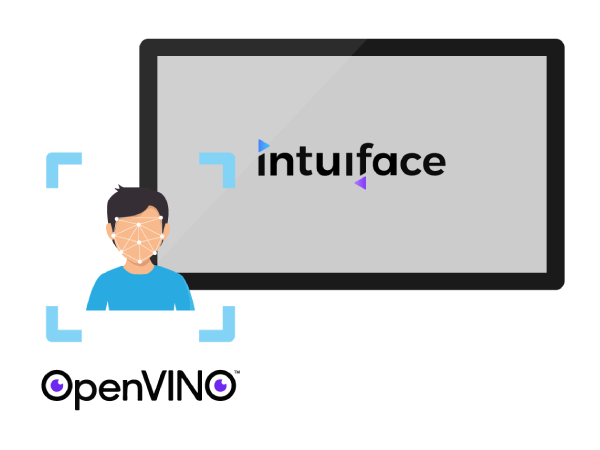
- Contribute to the Codebase - If you have the technical skills and a desire to make a direct impact on the development of OpenVINO, consider contributing to the codebase. You can submit bug reports, propose enhancements, or even submit your own code changes through GitHub. OpenVINO's open-source nature welcomes contributions from developers worldwide, making it a collaborative effort.
- Attend Meetups and Conferences - OpenVINO enthusiasts often organize meetups and conferences where you can network with peers, attend workshops, and gain insights from experts in the field. These events provide valuable opportunities to learn, share knowledge, and strengthen your ties to the community.
- Collaborate on Projects - Many projects and applications built using OpenVINO are open source as well. Contributing to these projects not only benefits the community but also allows you to gain hands-on experience with real-world applications of the toolkit. It's a win-win situation where you can enhance your skills while making a meaningful contribution.
- Follow Social Media Channels - Stay updated with the latest news, updates, and community initiatives by following OpenVINO's official social media channels. These platforms often share success stories, tutorials, and highlights from the community, keeping you informed about the toolkit's evolving ecosystem.
Additional Resources
In your journey to master OpenVINO, access to quality resources is essential. Here’s a list of valuable resources that can help you deepen your understanding and proficiency with the toolkit:
- Official Documentation - The official OpenVINO documentation is your go-to source for comprehensive information. It covers everything from installation guides to in-depth technical documentation on various components. Whether you're a beginner or an advanced user, the documentation is a valuable reference.
- Tutorials and Sample Code - OpenVINO offers a wide range of tutorials and sample code to help you get started with common tasks and use cases. These practical examples walk you through the process step-by-step, making it easier to grasp the concepts and apply them to your projects.
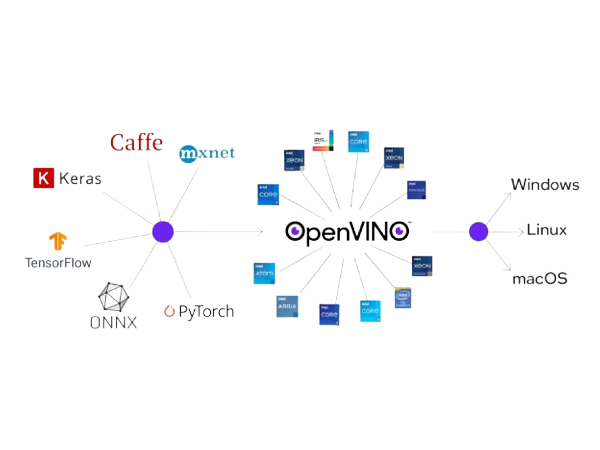
- Online Courses - Several online learning platforms offer courses dedicated to OpenVINO. These courses are designed to cater to different skill levels, ensuring that both beginners and experienced developers can benefit. They often include video lectures, quizzes, and hands-on exercises to reinforce your learning.
- YouTube Channels - Many developers and organizations share OpenVINO tutorials and demonstrations on YouTube. Subscribing to relevant channels allows you to access video content that visually explains various aspects of the toolkit, making complex concepts easier to understand.
- Forums and Q&A Sites - In addition to the official OpenVINO forums, you can also explore general AI and deep learning forums such as Stack Overflow and Reddit. These platforms often feature discussions, questions, and solutions related to OpenVINO, providing a broader perspective and additional learning opportunities.
- Books and Publications - If you prefer in-depth reading, there are books and research papers available that delve into AI and computer vision topics, including OpenVINO. These resources can provide you with a deeper theoretical understanding of the toolkit's capabilities.
- Community Blogs and Case Studies - Keep an eye out for community blogs and case studies that showcase real-world applications of OpenVINO. These insights can offer practical knowledge and inspire you to explore innovative use cases.
- GitHub Repositories - Beyond the official OpenVINO repository, GitHub hosts various projects, plugins, and extensions related to OpenVINO. Exploring these repositories can uncover additional tools and resources created by the community.
By harnessing these resources and actively participating in the OpenVINO community, you can accelerate your learning journey, tackle complex AI projects with confidence, and contribute to the continued growth and success of this powerful toolkit. OpenVINO is not just a toolkit; it’s a vibrant ecosystem driven by passionate individuals working together to shape the future of AI.
Conclusion
In the ever-evolving world of AI, OpenVINO stands as a powerful toolkit that empowers developers and businesses to unlock the full potential of artificial intelligence. Its cross-platform compatibility, high performance, flexibility, and efficient model conversion make it the toolkit of choice for a wide range of applications. Whether you are a seasoned developer or just beginning your AI journey, OpenVINO offers a gateway to innovation and opportunity. As you embark on your OpenVINO journey, remember that the possibilities are boundless. Armed with the right knowledge and tools, you have the potential to create groundbreaking AI solutions that shape the future of technology. OpenVINO’s ability to optimize and deploy AI models across diverse platforms ensures that you can bring AI to life in ways that were once unimaginable. Embrace the power of OpenVINO and join the ranks of innovators who are shaping the AI landscape.

